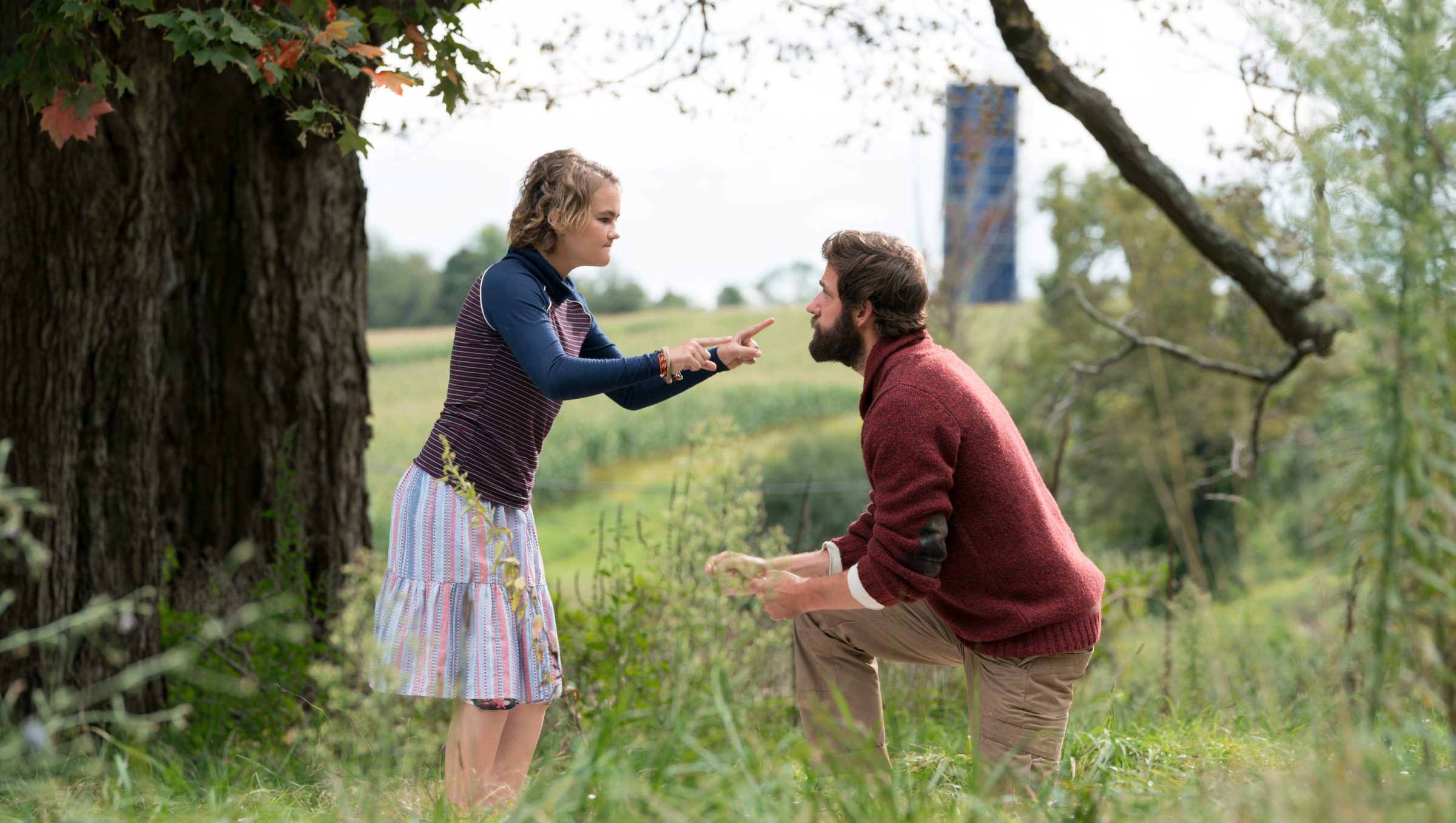Last weekend, my girlfriend Sydnie and I did something we hadn’t done since the first months of 2020 — maybe since the tail end of 2019. We bought tickets. Baby-stepping our way back to events with other people, we caught a Saturday-night showing of A Quiet Place Part II. We bought a couple of local beers and some candy at the concession stand. We oohed and aahed at the remodeled theater — new seats, fresh coat of paint, transparent plexiglass dividers at the ticket booth. In a quarter-full theater, we watched a movie with other people, a communal experience that has been sorely missed. I even liked listening to people crunching popcorn.
Then, giddy with a new sense of freedom of movement, we bought plane tickets. After more than a yearlong delay, we’ll be going to visit Syd’s family in Boise, Idaho. Of course, purchasing plane tickets requires a more significant investment of time, money, and optimism than ponying up for a pair of movie tickets, but it feels undeniably refreshing to look a few months into the future and decide that it’s not a bad bet to make plans.
The secret to our newfound confidence is no secret at all. We’re vaccinated. We still wore masks in the theater (when we weren’t swilling Adjective Animal, that is) and we will on the plane. It just seems polite, especially when we’re interacting with theater or airline staff who have no way of knowing our vaccination status, or if we’re thorough hand-washers. Even after taking two doses in the arm, travel at this point is still a bit of a gamble. And, as the vaccine hesitant would point out, we’re choosing to gamble on the efficacy of a bit of medicine we don’t understand fully.
But I do that every time I get on a plane, every time I drive somewhere. I understand that Bernoulli’s Principle is instrumental in achieving lift, just as I understand that my car is powered by combustion, but that’s about the limit of my comprehension. I choose to trust that the people who design these things know what they’re doing, and that they have an interest in not being wrong. Just as I believe that Moderna, Pfizer, and Johnson & Johnson want to make profits, a goal that is more easily achievable if your product works.
That doesn’t mean I don’t believe some people have a good reason for choosing not to be vaccinated. I’m simply painting a picture of relatively guilt- and worry-free socialization. There has been no end of noise around this issue, and I hope it might do some measure of good to provide a clear-headed account of my experience. To that end, it’s been a month and a half since I got my second shot, and I’ve had no side effects to speak of. No surprise medical bill arrived at my door. My smartphone, I’m fairly certain, is the only device tracking my whereabouts and page-viewing trends. Best of all, I’m infinitely less worried about accidentally, unknowingly getting someone else sick. As far as I can tell, the risk was worthwhile and has paid off.
As I write this, Shelby County is not even close to half-vaccinated. I hope we’ll continue to work to improve that statistic, but that’s going to require us to do something besides shame and mock our fellow citizens. I’ll also mention that requiring proof of vaccination status is nothing new — though I’ve not once been asked to prove my own.
When we were children, my sister and I moved in with our dad, from Phoenix, Arizona, to Chester County, Tennessee, a trip of some 1,400 or so miles that meant we had to change school districts. I vividly remember my dad’s increasingly frantic attempts to secure our vaccination records before the beginning of the school year. Neither he nor my mother were really the record-keeping type, and things were not at their best between them at the time, which complicated the process somewhat. But, complicated or not, we were required to prove we wouldn’t bring disease with us to charming Chester County. And that was 20 years ago in an overwhelmingly conservative rural county.
When it comes down to it, though, I doubt I can convince anyone to take their shot. I’m no doctor, have no degrees in epidemiology or virology. In this instance, I’m a gambler, but one who likes the odds, who’s willing to bet that good ol’ Bernoulli will keep the plane aloft … even if I’m not sure exactly how.
Jesse Davis
jesse@memphisflyer.com



